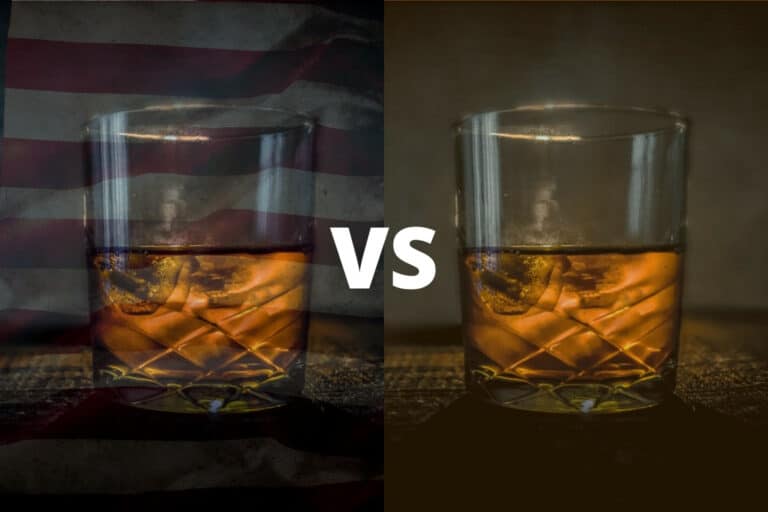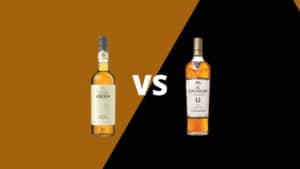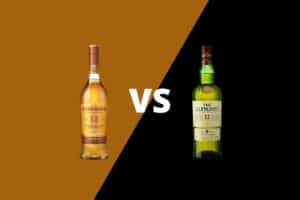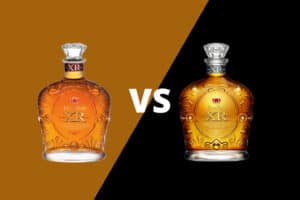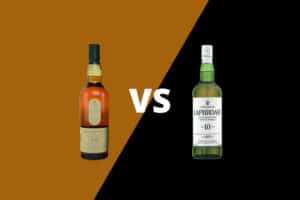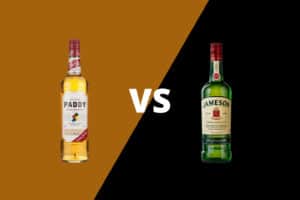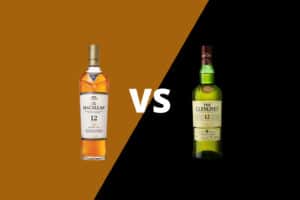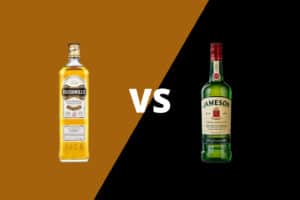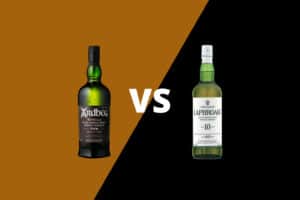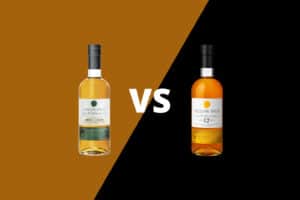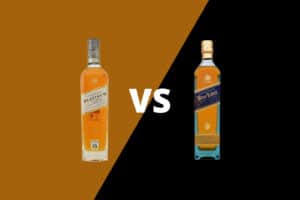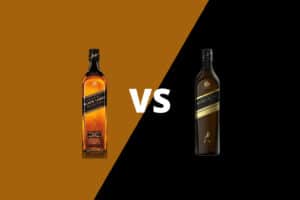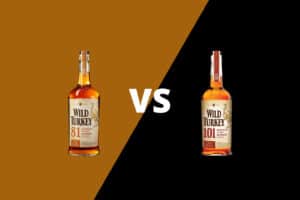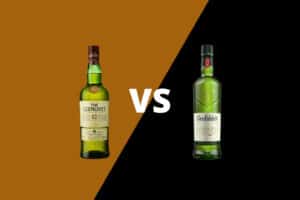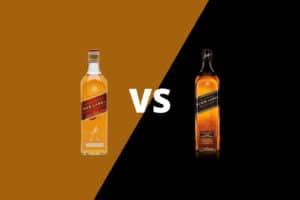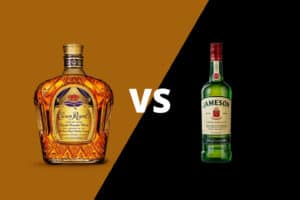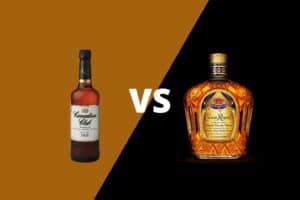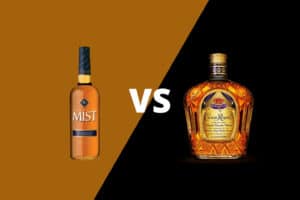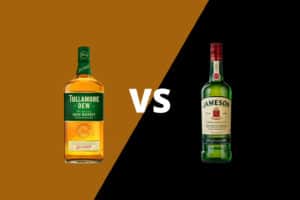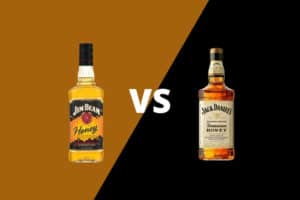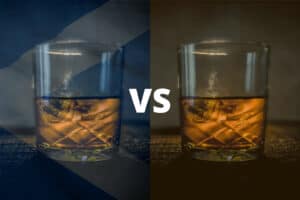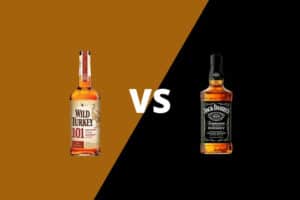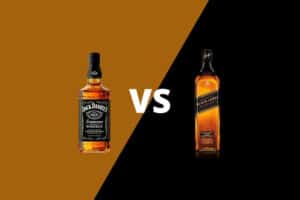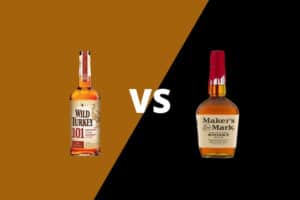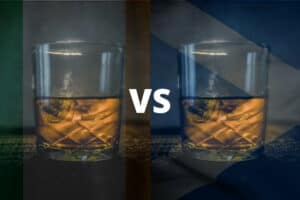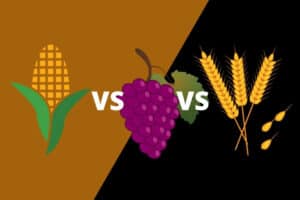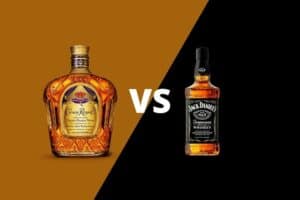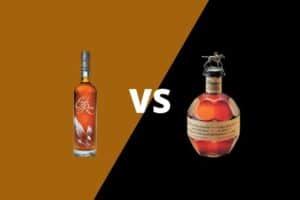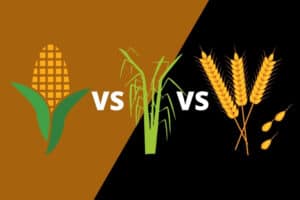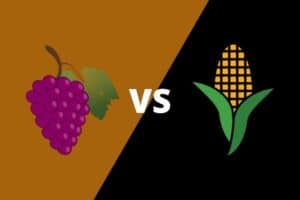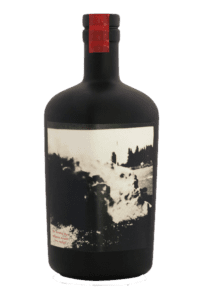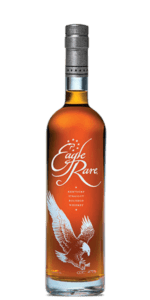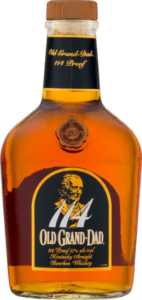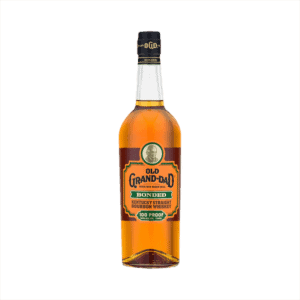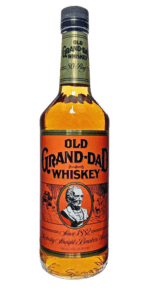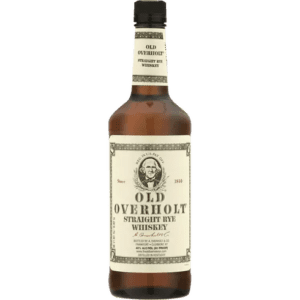When you’re new to the distilled spirits category, it’s easy to be thrown off by the casual conversation of whiskey nerds and bourbon aficionados, where specialized terms describing all types of whiskey products are bandied about.
For example: ‘Is bourbon whiskey the same as bourbon?’ Or ‘What is the difference between bourbon and whiskey?’
We’re so glad you asked.
First, let’s establish some key points. Are all bourbons whiskey? Yes! Are all whiskeys bourbon? No.
Bourbon is a sub-category of whiskey produced in the United States under regulations provided by the U.S. Congress. However, thanks to international trade law, these rules are honored in nearly all the whiskey-drinking world. Likewise, rules governing Irish, Canadian, Scotch and other world whiskeys are honored in the U.S. and other countries.
In this post, we’ll take a look at what bourbon is, how it’s made, and how it fits in the broader world of whiskey and help you understand how those nuanced differences impact the overall flavor of the finished product.
Table of Contents
Bourbon vs Whiskey
Whiskey describes a product that is made from a combination of fermented grains and matured in wooden containers. Bourbon describes a product made in the United States using corn as the primary mash grain and matured in a new American white oak barrel.
Jim Beam is the most popular brand of bourbon in the U.S. and international market in sales. So if you’re looking for an introductory brand, that is a great example to keep in mind.
One oft-asked question: Is Jack Daniels a whiskey or a bourbon? The answer: Both. And neither….
Jack Daniel’s is the No. 1 brand of American whiskey in the U.S. and international market sales. Jack Daniel’s lives up to all the bourbon requirements but is labeled as a Tennessee whiskey — which has the additional requirement of running the unaged white whiskey through layers of sugar maple charcoal before placing it into the barrel.
We’ll explore more sub-categories of whiskey throughout this post.
History of Bourbon
Today, the perception of bourbon is tied to the United States the way Cognac is tied to France. For distilled spirits fans the world over, bourbon is the first thing that comes to mind at the thought of American whiskey. And the distinct corn-forward flavor of bourbon often links it as the native spirit of choice for many Americans.
Bourbon — like other American spirits — is a product of the frontier. Like applejack and rye whiskey, its origin came from the hardscrabble settlers working to find ways to utilize excess harvest while simultaneously producing a palatable alcoholic drink.
As settlers moved into what is now Kentucky, corn became the crop of choice on the vast grasslands in the region. And as those settlers harvested that grain, it began to reflect a distinct style of whiskey — one sweeter and smoother than the traditional rye whiskey that predated it.
The use of charred barrels also came out of necessity. Moving liquid over the rugged frontier via Conestoga wagon wasn’t the easiest endeavor. Wood barrels were the container of choice on the frontier because they could be rolled and stacked. But these barrels would be reused if the staves remained intact. So, to get rid of the flavors of the previous inhabitant — herring-flavored whiskey never quite caught on — coopers got into the habit of charring the inside to remove residue before filling barrels with whiskey. After the bungs were popped on the other side of the journey, merchants realized the barrel-matured whiskey had its own distinctive taste and began utilizing this practice purposefully.
Other Types of Whiskey
Although it is the leader in domestic and international sales, bourbon is not the only American whiskey available in the marketplace. Many whiskey drinkers are learning more about American rye whiskey at home and across the globe, and the American malt whiskey category is on the rise.
Canadian whiskey is produced in Canada. Most Canadian whisky brands available in the U.S. are blended whisky, although some smaller craft distilleries are taking an approach to bourbon that would be familiar to their distiller counterparts south of the 45th parallel. However, it’s important to note a product made to the exact requirements of bourbon anywhere else in the world outside of the United States would not be allowed to use the term ‘bourbon’ anywhere on the label. Recently, Crown Royal released a product with ‘Bourbon Mash’ on the label. American producers and regulators fought this use of terminology under the North American Free Trade Act and won, causing Crown Royal to remove it from the label.
Scotch whisky is the most popular sub-category in the world in volume and value sales. It describes a product mashed, fermented, distilled and matured in Scotland. The most prevalent type of scotch is blended scotch whisky, which describes a blend of single malt and grain whiskies. Single malt whiskies must be made at a single distillery from 100 percent malted barley.
[Learn more about the specific differences in the post ‘Bourbon vs. Scotch.’]
Irish whiskey describes any whiskey made on the island of Ireland — whether in the Republic of Ireland or in Northern Ireland, which is part of the United Kingdom.
[Learn more about the unique differences with bourbon in the post ‘Bourbon vs. Irish Whiskey.’]
Whiskey vs Bourbon Mash Bill Requirements
To produce any type of whiskey, the whiskey maker must first create a grain mash — the distiller’s equivalent to beer brewing. The mash is created by grinding cereal grains and adding them to water, cooking the mixture to convert the starches to sugars — a process called saccharification — then cooling the liquid and pitching yeast and allowing the brew to ferment to create a terminal beer of about six percent ABV (alcohol by volume).
The mixture of grains used in this process and their overall proportions is called the mash bill.
Distillers of bourbon and other types of American whiskey may use lab-produced enzymes to create their mash. While malted barley is traditionally used in nearly all large bourbon brands, craft producers have begun to utilize synthetic diastase to induce saccharification during the cooking phase. Therefore, they can skip malted barley, which is used in nearly all types of traditional whiskey-making for its enzymatic properties.
A distiller of another type of whiskey from some other countries — for example, Scotland — would be barred from using these lab-produced enzymes, making them beholden to the traditional use of malted barley or other malted grains to produce beer with high enough alcohol content to allow distillation. But American distillers may choose to skip this step.
The type of grains used by distillers — either by tradition or legal mandate — goes a long way in determining the flavor profile of the finished whiskey.
Like scotch, Irish whiskey utilizes both grain and malt whiskeys to produce blends. But Irish distillers have a long history of using both malted and unmalted barley to produce the fermented grain mash for a type of whiskey product known as single pot whiskey. This product is made in a copper pot still at a single distillery — like single malt scotch. But in addition to using a combination of malted and unmalted barley as the fermented grain, it also utilizes triple distillation in copper pot stills, while single malt is primarily produced using double distillation.
Common question: Can a bourbon be 100 percent corn?
Answer: Yes.
In fact, there are American bourbons on the market that utilize a 100 percent corn mash bill.
A common misconception comes from the U.S. Alcohol and Tobacco Tax and Trade Bureau’s classification for whiskey types. In addition to bourbon, there is also a category called Corn Whiskey, which has a different definition. Corn whiskey must be made with at least 80 percent corn. Unlike bourbon, it can be bottled unaged. If aged, maturation must occur in uncharred or used charred oak containers.
Some people might mistakenly assume that any product over 80 percent corn must be labeled as a corn whiskey, but the primary differentiation is the used or uncharred barrels.
Another common question: Is straight corn whiskey bourbon?
Answer: No.
Corn whiskey cannot be treated with charred oak, the most significant difference between this sub-category and bourbon. Instead, straight corn whiskey describes a product matured for at least two years in uncharred or used oak barrels.
Scotch has a history that is much longer than the United States. In fact, some historians think whisky production has gone on in Scotland for about 1,000 years!
It should be no surprise that the Scots relied on malted barley for those early ferments. To emphasize this tradition, single malt scotch – a sub-segment of the scotch category – is required to use 100 percent malted barley.
There is no equivalent of a single malt scotch designation for American whiskey. However, American malt whiskey is an underutilized category that requires at least 51 percent malted barley used in the mash bill. Products labeled as ‘Malt Whiskey’ or ‘Straight Malt Whiskey’ may have mash bills of 100 percent malted barley, but as a consumer, you cannot assume such without seeing it spelled out on the label.
Bourbon Distillation vs Other Types of Whiskey
The two main types of stills are the traditional copper pot and the continuous reflux column.
In the production of bourbon, copper pot and column stills can be used interchangeably. However, the traditional copper pot still is required for some types of whiskeys from other countries — most notably Irish single malt, single pot and copper pot whiskeys and scotch single malt.
Bourbon Maturation vs Other Types of Whiskey
One of the most significant differences between bourbon, rye, and other American whiskeys is the mandated use of new American charred oak barrels for maturation.
To carry the term ‘straight bourbon whiskey’ on the label, the product must have been matured for a minimum of at least two years in new American oak wooden casks — and most products with this designation have been matured for at least four years.
All whiskey must be matured in a wood barrel. But where bourbon must utilize new American charred oak, the general whiskey category can use any type of wooden barrel.
And because of the requirements of bourbon, rye and other American straight whiskeys to be matured in new charred oak, Scottish whiskies, Japanese whiskies, Canadian whiskies, Irish whiskeys and other world whiskeys all utilize ex-bourbon barrels for the maturation of their various styles of whiskey. While these products can be matured in any type of oak casks, nearly all see at least some time in used bourbon casks because of their prevalence on the market.
One technique increasingly popular with both American distillers and their counterparts across the globe is the practice of finishing maturation. Finishing casks describe using a first-fill barrel used to make another alcoholic drink — for example, used rum casks, sherry butts or port pipes — to lend some flavors to already matured whiskey. A great example of a bourbon brand that utilizes this process is Angel’s Envy, which finishes the bourbon in used sherry casks.
Other Bourbon Requirements
Despite what you read elsewhere online, bourbon does NOT have to be produced in Bourbon County, Kentucky.
Types of Bourbon
Although the requirements for bourbon are relatively straightforward — at least 51 percent corn, new American oak barrel, made in the U.S.A. — bourbon distillers have identified a few whiskey-making styles that help differentiate the overall bourbon category.
Wheated bourbon describes a product that replaces the traditional spicy rye grain with soft wheat.
[Learn more in the post ‘Wheated Bourbons.]
High rye bourbon describes a product that uses a higher proportion of rye grain in the mash bill.
Bottled-in-Bond bourbon describes a product distilled during a single season by a single distiller and has matured for at least four years in a government bonded facility.

